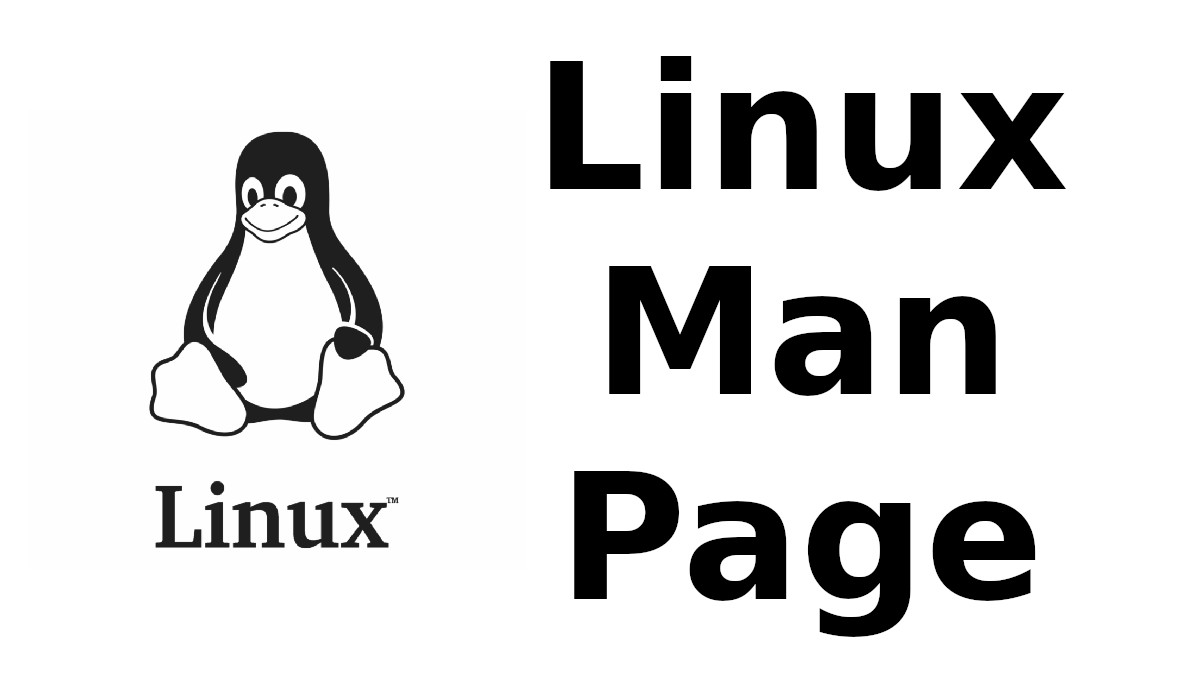 Content-type: text/html; charset=UTF-8
Content-type: text/html; charset=UTF-8
CACHEFLUSH
Section: Linux Programmer's Manual (2)Updated: 2017-09-15
Index Return to Main Contents
NAME
cacheflush - flush contents of instruction and/or data cacheSYNOPSIS
#include <asm/cachectl.h> int cacheflush(char *addr, int nbytes, int cache);
DESCRIPTION
cacheflush() flushes the contents of the indicated cache(s) for the user addresses in the range addr to (addr+nbytes-1). cache may be one of:- ICACHE
- Flush the instruction cache.
- DCACHE
- Write back to memory and invalidate the affected valid cache lines.
- BCACHE
- Same as (ICACHE|DCACHE).
RETURN VALUE
cacheflush() returns 0 on success or -1 on error. If errors are detected, errno will indicate the error.ERRORS
- EFAULT
- Some or all of the address range addr to (addr+nbytes-1) is not accessible.
- EINVAL
- cache is not one of ICACHE, DCACHE, or BCACHE (but see BUGS).
CONFORMING TO
Historically, this system call was available on all MIPS UNIX variants including RISC/os, IRIX, Ultrix, NetBSD, OpenBSD, and FreeBSD (and also on some non-UNIX MIPS operating systems), so that the existence of this call in MIPS operating systems is a de-facto standard.Caveat
cacheflush() should not be used in programs intended to be portable. On Linux, this call first appeared on the MIPS architecture, but nowadays, Linux provides a cacheflush() system call on some other architectures, but with different arguments.BUGS
Linux kernels older than version 2.6.11 ignore the addr and nbytes arguments, making this function fairly expensive. Therefore, the whole cache is always flushed.This function always behaves as if BCACHE has been passed for the cache argument and does not do any error checking on the cache argument.
COLOPHON
This page is part of release 4.15 of the Linux man-pages project. A description of the project, information about reporting bugs, and the latest version of this page, can be found at https://www.kernel.org/doc/man-pages/.
Index
This document was created by man2html, using the manual pages.
Time: 04:45:34 GMT, September 16, 2022


![[MAN] gs](https://blogger.googleusercontent.com/img/a/AVvXsEitfznRjvReRJUdd4v4tRKeHPIiY6C4DkbiRpW4pB5OZ0x9kOjfQtTv9Fi2i8IjVLmzastSRdRDORdabWA1dlnhBibT-DKKkYqYuonPtC15h6_o6d10zPAjZ9qQkn4NfICnrEMX-4XvPMJpiSKALSp7wLwGfP05yapMjWQCy8wvQRVQyUokHrQllrbd=w72-h72-p-k-no-nu)
0 댓글